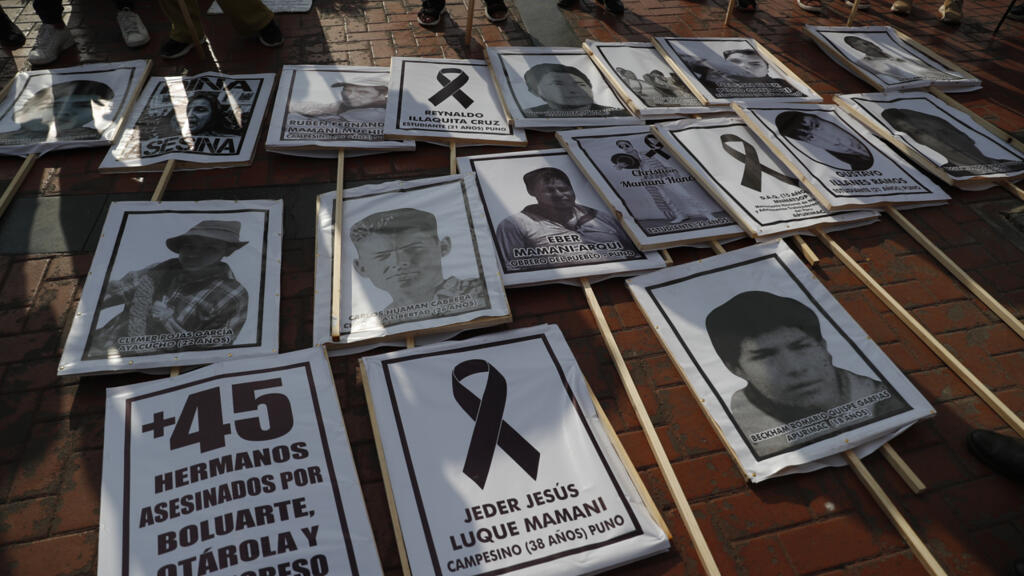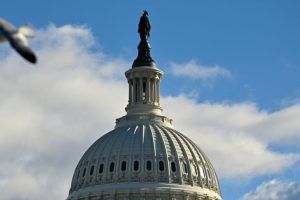First modification:
The legislative body promised to create this commission with the aim of clarifying the political responsibilities for the deaths registered in the Andean nation during the last weeks of protests against the Government of Dina Boluarte. The announcement came shortly before the Ombudsman’s Office confirmed a new victim in the south of the country, bringing the total to 49.
71 of the 130 congressmen from Peru chose to create a commission to investigate the deaths caused by police violence in recent weeks against the demonstrations that oppose the government of Dina Boluarte. A gesture that has had the support of the opposition parties to the president and that aims to shed light on the situation that the Andean nation has been experiencing for weeks.
The objective is for this commission to assess whether there are political and criminal responsibilities behind these deaths, most of it caused by the harsh response of the police against young protesters in the south of the country.
Its creation was opposed by the most conservative parties of the parliamentary bench, such as Fuerza Popular, Alianza Para el Progreso, Renovación Popular and Avanza País, the formations that support Dina Boluarte and her government after she succeeded Pedro Castillo in the power after what they denounced as an attempted “self-coup” of the State.
The news comes on a day in which the Ombudsman’s Office confirmed victim number 49 in the protests. The victim would be a 16-year-old girl who died after being shot by a ballistic projectile in the city of Juliaca, belonging to the Puno region, one of the ones that has registered the most protests against Boluarte.
In this way, so far, 41 protesters have died in direct confrontations with the forces of order, in addition to a police officer, while another seven people have lost their lives “due to traffic accidents and events related to the blockade,” according to data from the organism.
Serious data that is added to those registered by the police, which confirms that 17 of its agents are admitted due to clashes with the protesters, some of them extremely seriously admitted.
The Ombudsman’s Office has urged on several occasions that human rights violations be investigated in the areas where the murders have occurred.
Protests continue in the south of the country
Meanwhile, the situations of confrontation between the authorities and the demonstrators have continued in the southern regions, where there is greater support for Pedro Castillo and rejection of Dina Boluarte and the conservative parties.
The latest information confirmed the closure of the airport in the city of Cuzco, one of the tourist centers of the country because it is the closest city to the ruins of Macchu Picchu, because there is a real risk that protesters take the airport. This decision is hitting one of the main engines of the Peruvian economy, such as tourism.
The announcement became official one day after a protester died in Cuzco, after a day of protests concentrated in the vicinity of the local airport.
In various parts of the country, protesters have tried to occupy airport facilities, causing the closure of some of them, as is the case in the city of Juliaca.
The demonstrations in Peru began on December 7, when Dina Boluarte assumed the presidency of the country after the failed self-coup by former president Pedro Castillo and, after a Christmas truce, they were felt again, especially in the south of the country, from December 4 from January.
The mobilizations experienced their deadliest day last Monday, when clashes between protesters and law enforcement in the vicinity of the Juliaca airport left 17 dead.
The protesters demand the resignation of Boluarte, the closure of Congress, the advancement of general elections to 2023 and a constituent assembly, among other demands. Something that the new president has repeatedly rejected, since she maintains that the call for elections will be for 2024.
What has been experienced in recent weeks is the most violent expression of the political crisis that Peru has been experiencing for years, aggravated by the constant political tension and the constant change of governments.
with EFE














